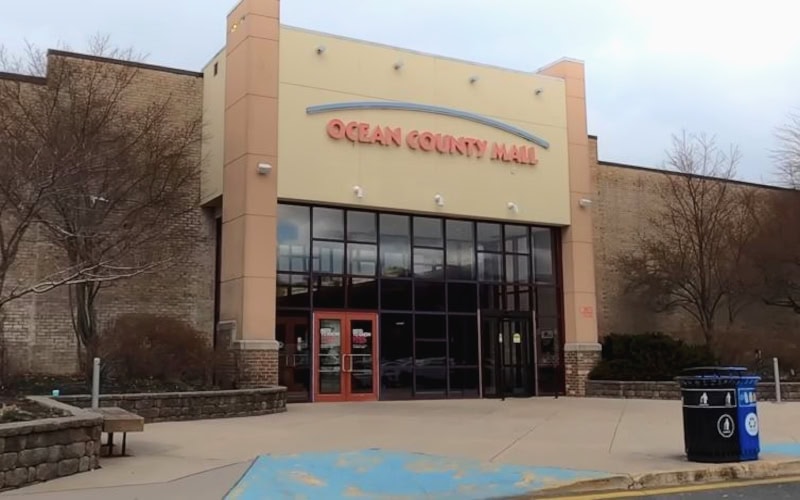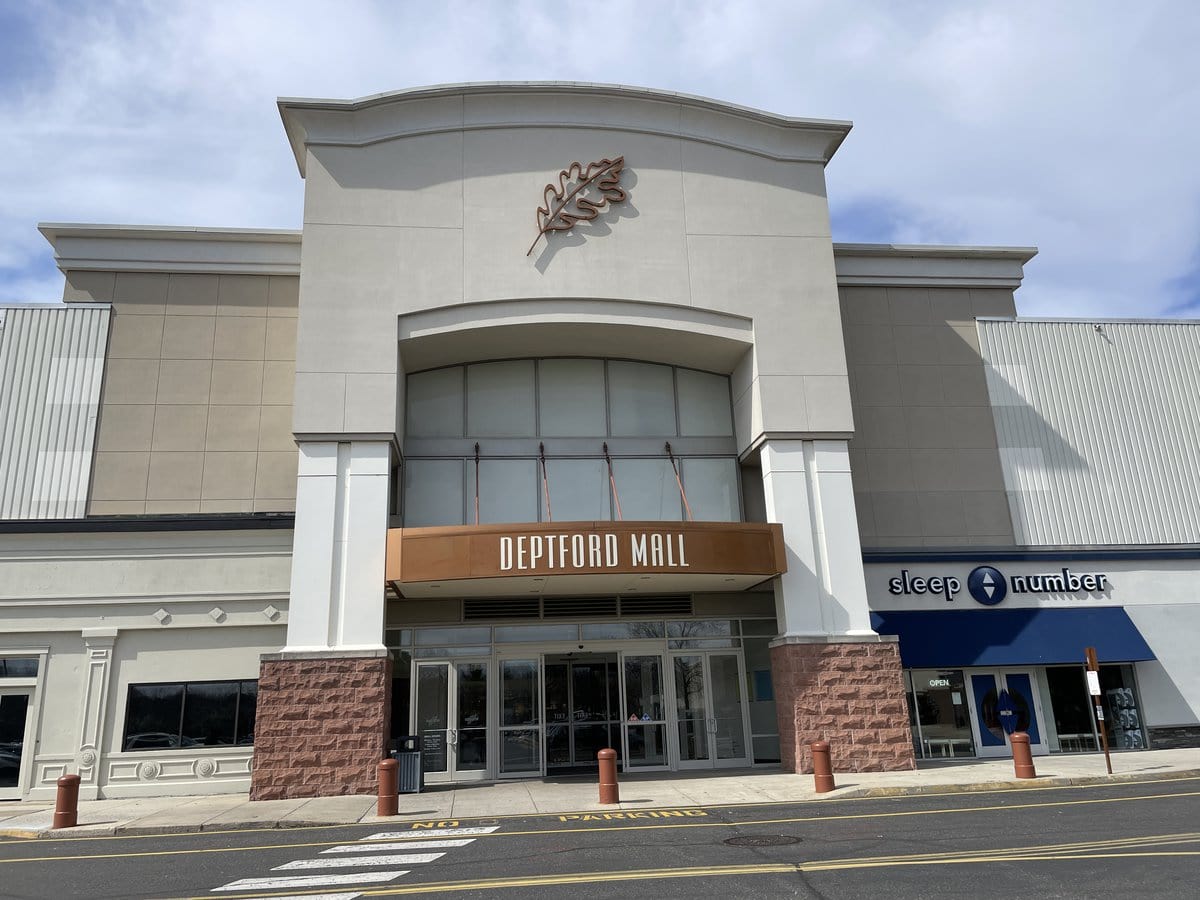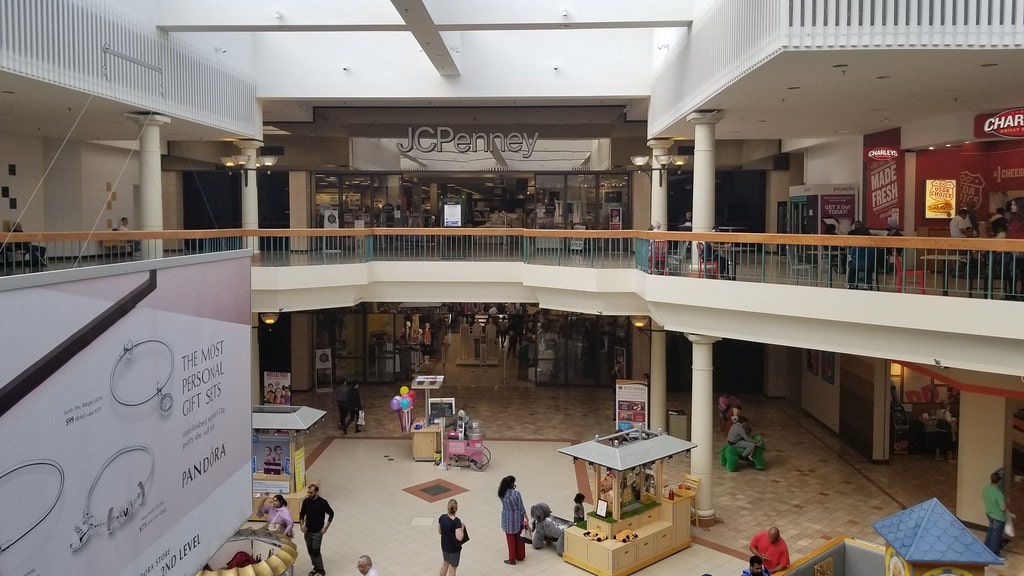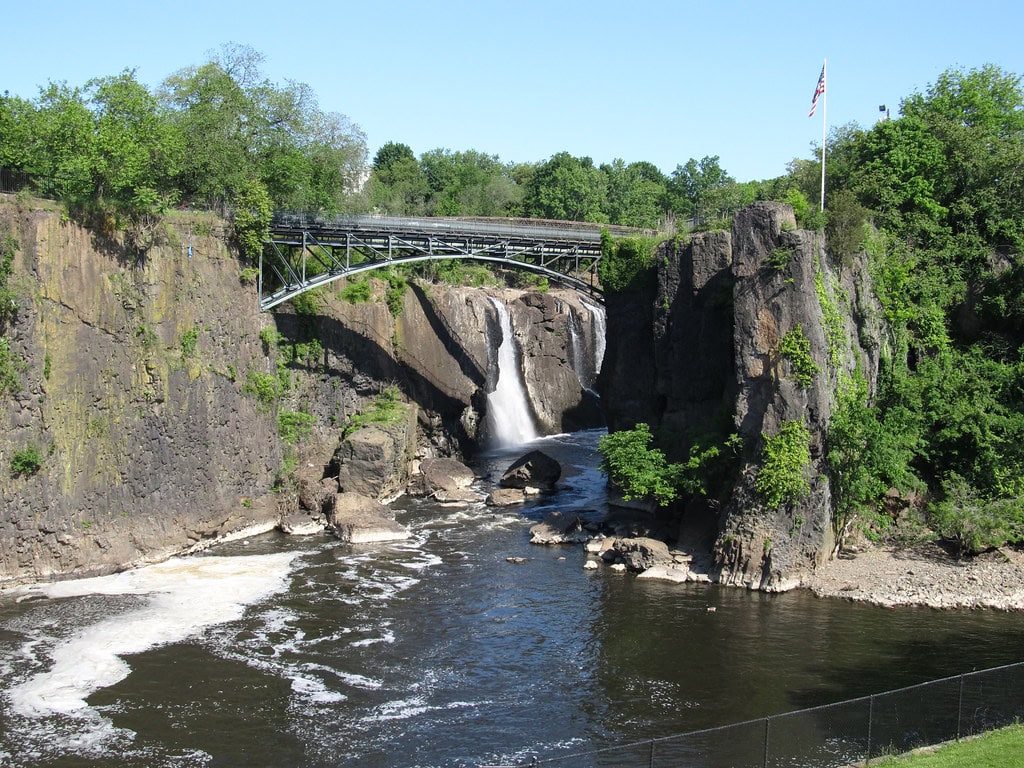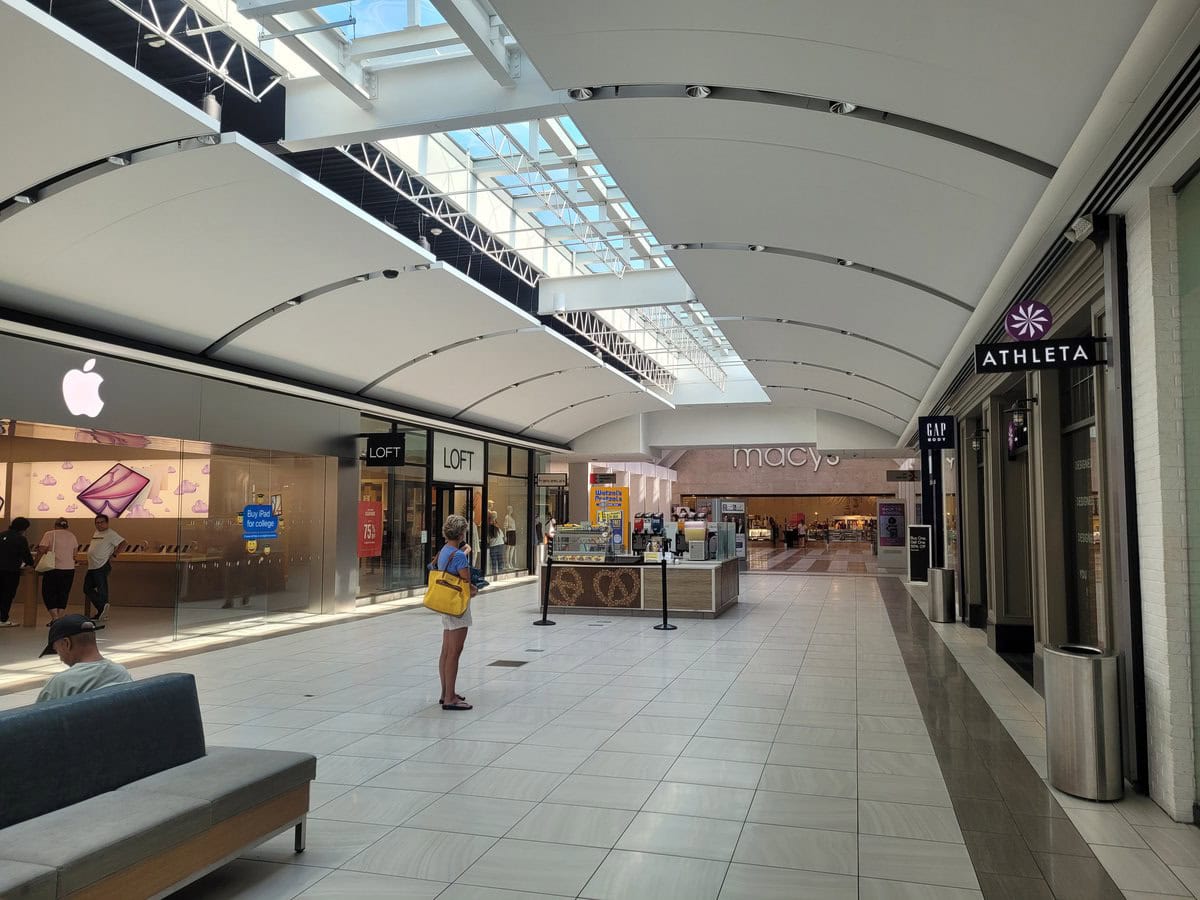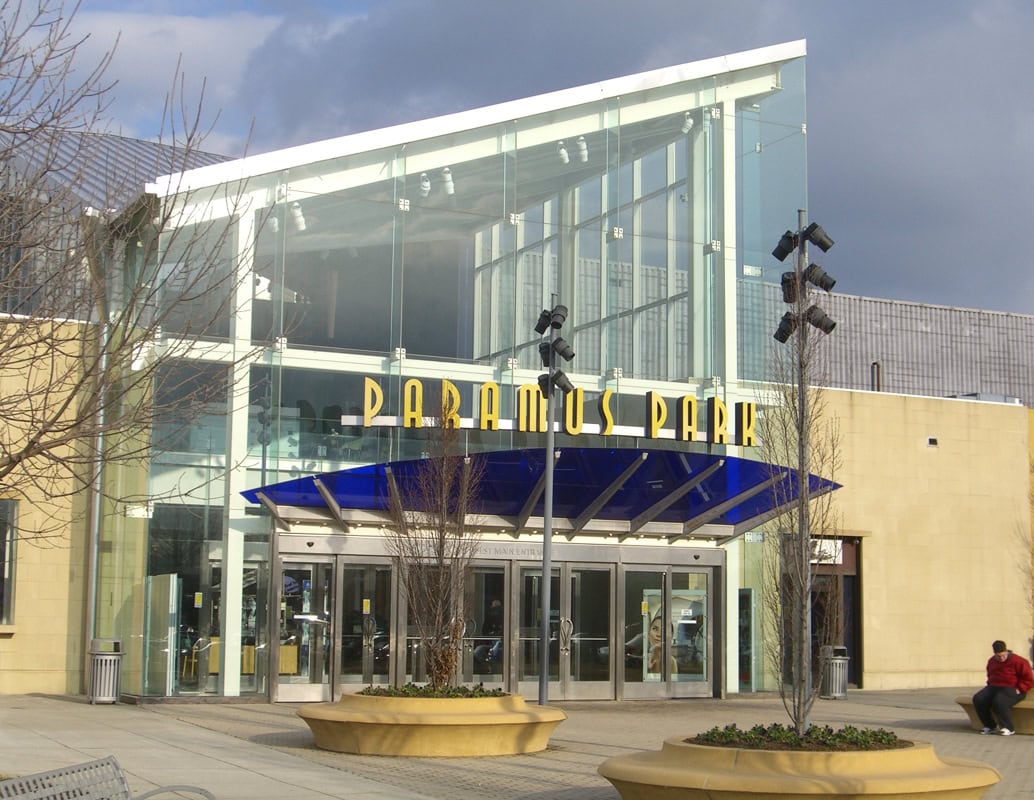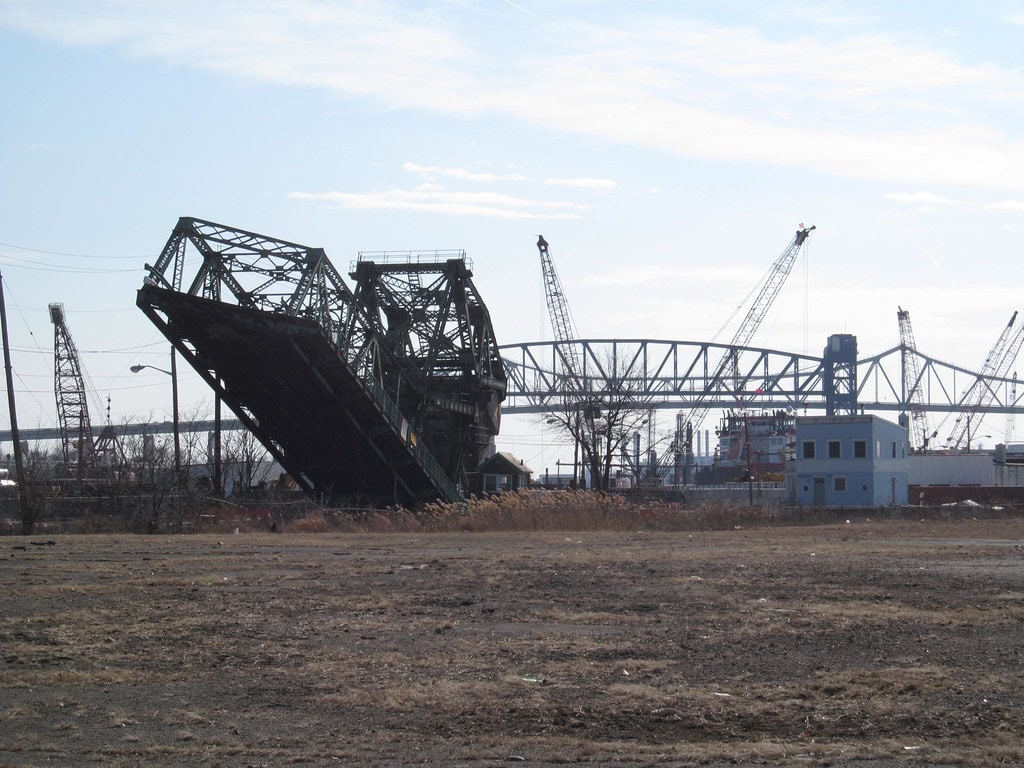Back When the Road Felt Longer
There's a stretch of asphalt in West Milford, New Jersey, that locals mention with a mix of wariness and curiosity.
Clinton Road, about 9 miles from end to end, is neither wide nor well-lit, but it's been part of the township's landscape since the 1700s.
People still drive it, mostly to get somewhere else. But stories linger. Strange ones. From restless headlights in the trees to silence that doesn't feel empty. Clinton Road still pulls people in - just not always for the reasons they expect.
From Dirt Trail to Township Line
Clinton Road did not begin with ghost stories.
Its name came from the small settlement of Clinton, which is long gone now, but was once found near the spot where the road meets Clinton Brook.
The area, like much of Passaic County in the 1700s, was scattered with farmland, timber tracts, and slow-moving trade.
There's no record of a ribbon-cutting or announcement - just a path that connected what needed connecting.
The road's construction dates back to the 18th century.
No formal route designation was assigned. It remained a narrow, utilitarian path through undeveloped terrain, used mostly by locals.
As other roads were improved and absorbed into the county system, Clinton Road was left alone.
It does not belong to New Jersey's county route network.
Responsibility for upkeep has stayed with West Milford Township.
Until relatively recently, some parts weren't even paved.
Residents in the area often used Route 23, a more direct highway with modern infrastructure.
That explains why Clinton Road saw little development around it.
The land lining its length is mostly public, either Newark's watershed or the state forest.
Very few homes dot the roadside.
Over time, the road became known less for traffic and more for everything else.
But before all that, it was a straightforward route through woods and wetlands - low maintenance, low priority, and barely traveled.
For those tracing quiet drives or compiling things to do in New Jersey, Clinton Road has a way of turning up, both on maps and in stories.
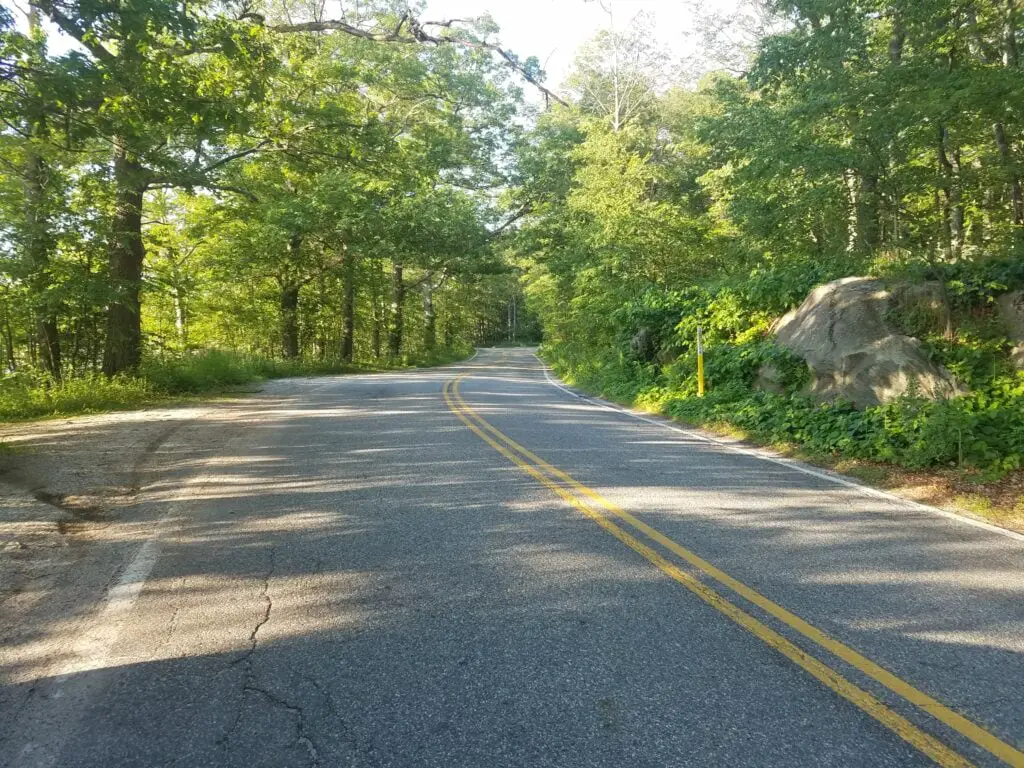
Crime, Delays, and What's Left Behind
On May 18, 1983, a cyclist came across a green garbage bag deep in the brush near Clinton Road.
Inside was the body of Daniel Deppner. Vultures had already started to gather.
The location - isolated, wooded, and far from casual foot traffic - lined up with stories that had circled the area for years.
West Milford police and state investigators linked the case to Richard Kuklinski, whose name would later appear in trial records and media reports tied to organized crime.
He was convicted after a series of taped confessions.
The site's remoteness hadn't protected it from discovery, but it did add to its reputation.
The road's reputation took a quieter turn in the years that followed, with a detail that's far more common: a traffic delay.
At the intersection where Clinton Road meets Route 23, traffic engineers installed two lights - one for each side of the highway.
These were calibrated to give Route 23 clear priority during peak hours, especially rush hour, leaving drivers on Clinton Road waiting.
Reports noted that total delays could reach five minutes, which remains among the longest red light waits in the country.
No accidents, no closures - just long red lights in both directions.
Without daily use or development pressure, road changes rarely happen.
Maintenance is basic. Overgrowth is common. The road still connects the two edges of West Milford, but few use it for that purpose.
Stories That Built the Reputation
The folklore didn't come from official records.
It came from people, through stories passed along in Weird NJ, local message boards, and late-night drives.
One of the best-known is the tale of the "ghost boy bridge." The story places a coin in the middle of the bridge over Clinton Brook, near a bend called Dead Man's Curve.
Leave it at midnight, the story goes, and it'll be returned by a boy who drowned there.
Some say he fell while sitting on the edge. Others say he jumped.
Either way, readers claimed the coin came back. Some told of an unseen push when they leaned over the railing.
More than one vehicle has been described in similar terms.
One of them, a black Camaro, is said to appear if you mention a tragic 1988 incident while driving at night.
The story says it'll appear behind you. No horn. No lights flashing. Just there. Other stories describe floating headlights with no source vehicle.
One account came from the Travel Channel's Most Terrifying Places in America 2, where producers listed phantom trucks among the road's oddities.
Then there are the figures.
Two men, dressed like park rangers, reportedly appeared near Terrace Pond one night, talking to hikers who didn't realize anything was strange until later.
The uniforms matched those worn decades earlier. According to the stories, those rangers lost their lives on duty in 1939.
Others talk about silent watchers - people in strange clothes who stare but never speak.
Some disappear before others can confirm they were even there.
Their purpose, if there is one, hasn't been explained.
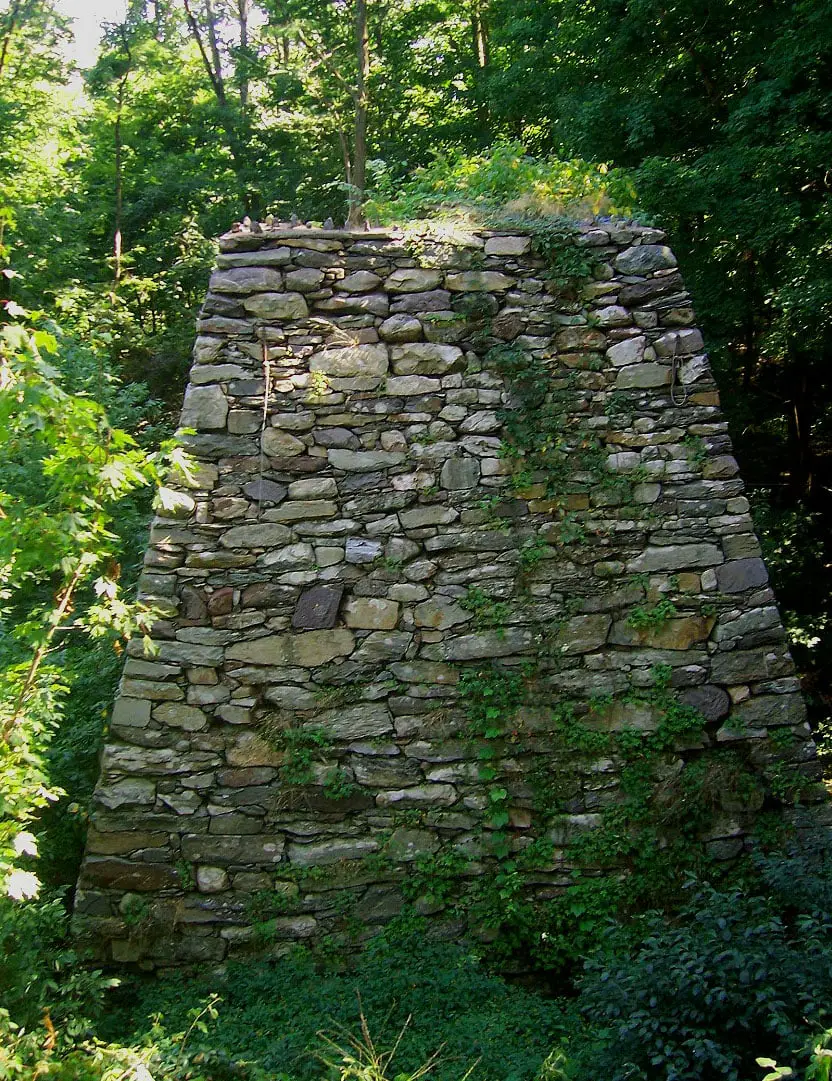
Stone, Smoke, and Locked Gates
In 1905, railroad banker Richard James Cross built a massive stone summer home above Hank's Pond.
It looked like a Tudor fortress and sat on 365 wooded acres.
The build cost: $1.5 million back then - about $39 million today.
No address markers, no plaques. Just a private retreat set deep in the trees.
The roof didn't last. Fire took part of it, and time wore down the rest.
By the 1970s, all that stood were walls. Teenagers started showing up. Some camped.
Others wandered through. The stories followed: seizures, bruises, hallucinations.
People swore they'd seen things, heard things. Weird NJ printed them without edits.
In 1988, Newark's water department tore it down. The foundations are still there, quiet, unmarked, and accessible by trail.
No official signs. No historical marker. You find it by knowing where to look.
A few miles south, another stone structure drew attention.
The Clinton Furnace was built in 1826 to smelt iron.
It's conical, dark, and sits near the road. People called it a Druid temple.
They said rituals happened there. Weird NJ ran those too. The facts were simpler: it was industrial.
It made iron. It was listed on the National Register of Historic Places in 1976.
Newark fenced it off to keep people out.
Neither site was built for mystery. But once the buildings emptied and the people left, the stories stayed.
And they multiplied.
Press, Tape, and the Township Line
Clinton Road didn't ask for attention. Weird NJ gave it anyway.
The magazine built a loyal base in the 1990s by collecting stories from people who swore they saw something.
Ghosts. Trucks. Figures in the trees. One full issue focused on Clinton Road. That sealed it. The myth stuck.
Television followed. The Travel Channel aired a segment in Most Terrifying Places in America 2.
Same legends. Ghost boy, phantom cars, headlights with no engine.
None of it has been proven. All of it repeated. Local officials never leaned into it.
A West Milford police chief told a reporter, "It's a long, desolate stretch and makes the imagination go nuts." He wasn't selling fear.
He was stating a fact. That quote got picked up anyway. It ended up everywhere - from travel blogs to ghost-hunting forums.
Despite the buzz, the road never flipped into a roadside attraction.
No vendors. No ticketed walks. Newark and the state still control most of the surrounding land.
No commercial zoning. No development push. People go there because they heard something.
Or read something. No one tells them to. No one welcomes them.
That's what makes it work.
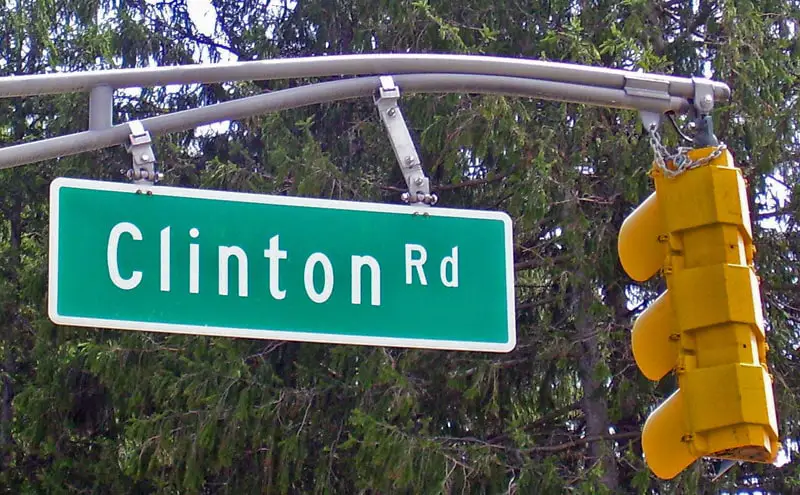
🍀

